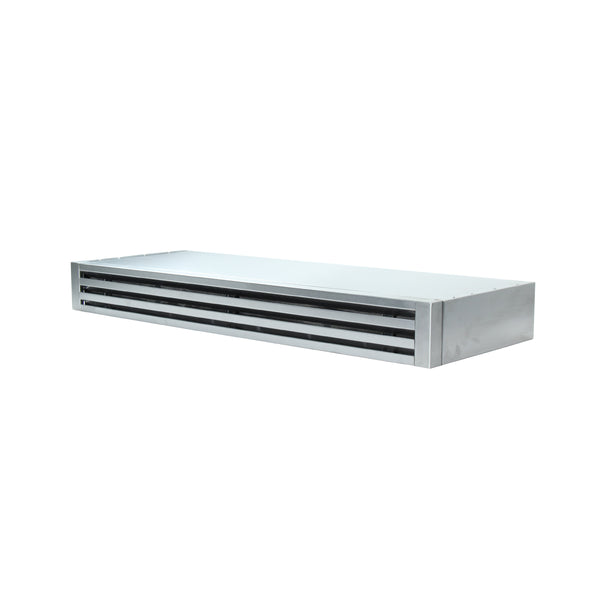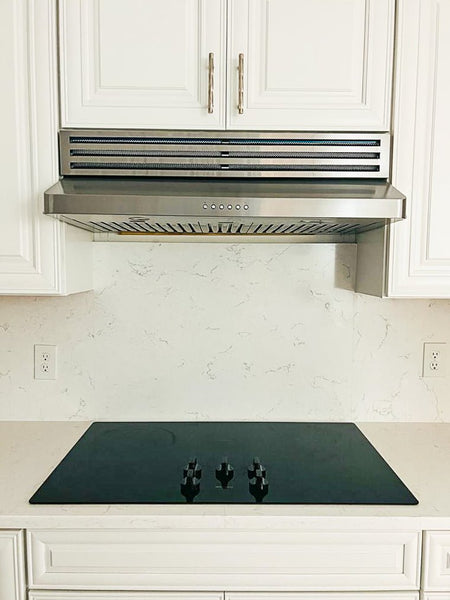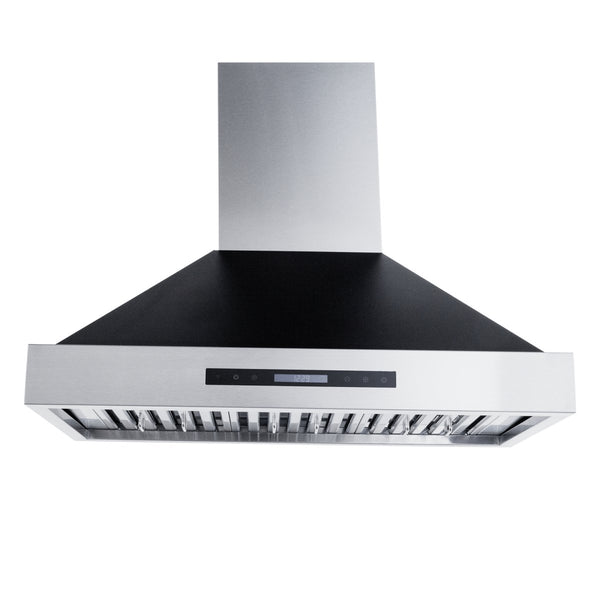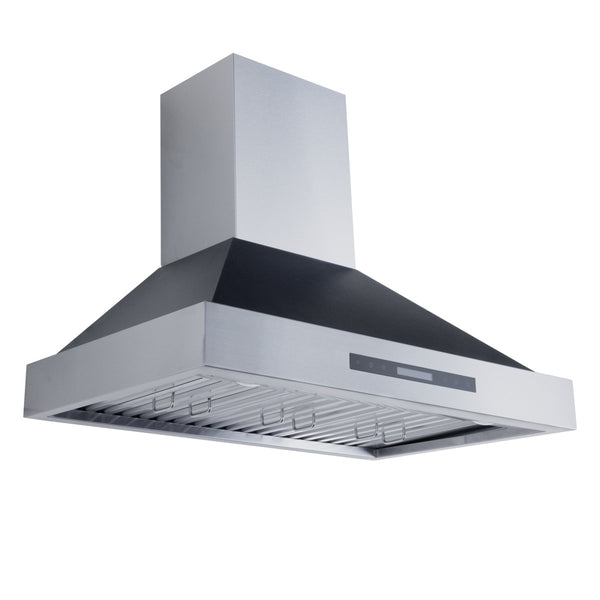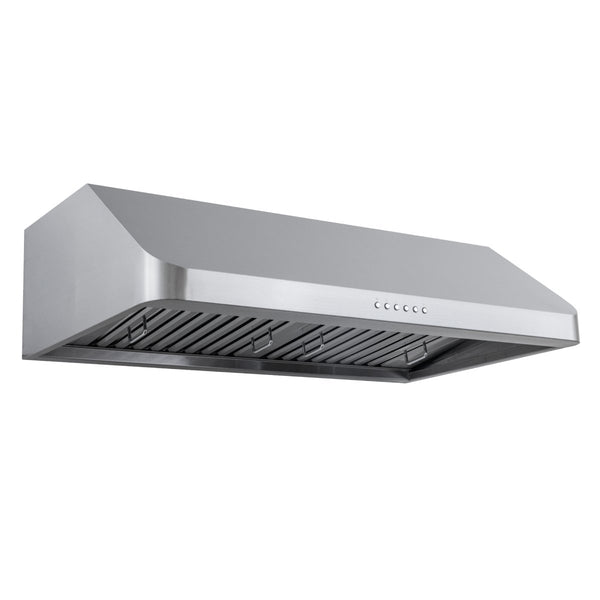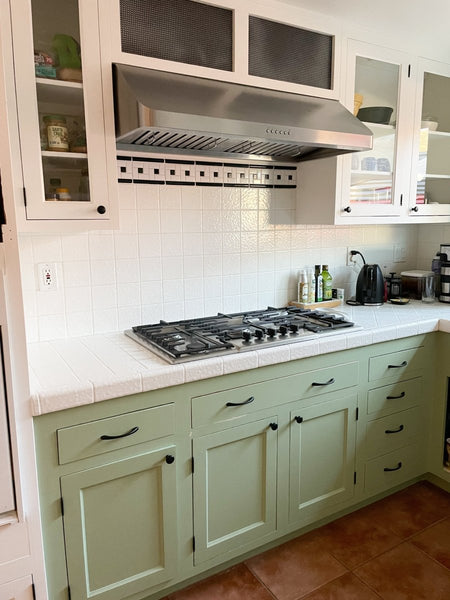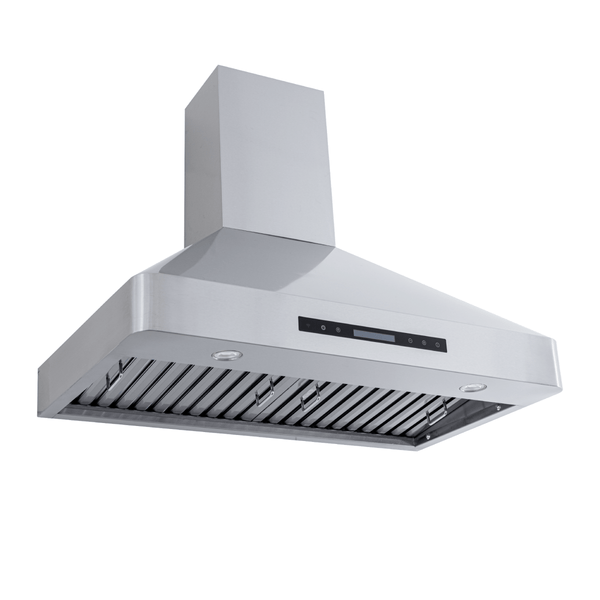What is nitriding?
Nitriding or hard nitriding is a heat treatment process that increases the corrosion resistance and durability of stainless steel. It involves applying a nitrogen-rich gas like ammonia or solid like sodium cyanide to heated metal. The metal is heated in a specialized nitriding furnace up to around 1000º F. (about 540º C).
Nitriding is often used to manufacture metal industrial parts on engines, valves, and industrial pumps among other devices. It’s also used in firearms manufacturing to reinforce steel parts of weapons.
Nitriding is less commonly used to strengthen cookware and cooking utensils. The most common nitrided material is stainless steel, followed by cast iron. Not all types of stainless steel can be nitrided, and even fewer types of cast iron can be nitrided.
Are you thinking about nitriding some of your new favorite cookware? It probably sounds like a nice idea to give it some extra durability. Unfortunately, it’s not practical at all. Nitriding at home can be incredibly dangerous.
There are three nitriding processes: gas nitriding, salt bath nitriding, and plasma nitriding.
- Gas nitriding involves ammonia which can be toxic if inhaled in heavy quantities.
- Salt bath nitriding involves treating the heated metal with cyanide salt (e.g., sodium cyanide) which is deadly even in tiny doses. Mild symptoms of exposure to cyanide include dizziness and nausea, while more severe symptoms include loss of consciousness and respiratory failure, according to the CDC.
- Plasma nitriding involves pure nitrogen gas which is deadly if inhaled.
Not to mention that you’re dealing with metal heated to 1000º!
In short, nitriding is a process done exclusively by professionals in industrial environments with proper safety equipment. Nitriding requires a nitriding furnace. This professional equipment weighs several thousand pounds, is expensive, and is impossible to operate for the average homeowner.
If you want a nitrogen-treated cast iron pan, just buy one! Look for products online advertised as “nitrided” or “treated with nitrogen.”
Manufacturers hire professionals to treat cast iron pans with nitrogen so you don’t have to. But finding nitrided pans isn’t easy. You can check out Lehman’s nitrogen-hardened cookware here on Amazon.
Quick Note: The air we breathe is 78% Nitrogen and 21% oxygen. The reason we don’t die from inhaling air is because of the amount of oxygen mixed in. Exposure to pure nitrogen can lead to burns, suffocation, and other serious symptoms.
How important is it to nitride cast iron cookware?
Well-seasoned cast iron is incredibly durable by itself. It can last a lifetime if you take care of it properly. Nitriding cast iron adds to its durability making maintenance even easier. But there are only a select few types of cast iron that can be treated with nitrogen. Nitriding is not popular with cast iron cookware.
What are the benefits of nitrided cast iron for cooking?
Nitrided cast iron is highly resistant to rust. Also, it’s more non-stick than traditional cast iron. You should still season your cast iron to develop a non-stick surface. But food won’t stick to your new pan like a magnet. Nitrided cast iron is typically lighter than traditional cast iron which makes it easier to cook with.

How to Season Hard-Nitriding Cast Iron
The seasoning process is the same for hard-nitriding cast iron and traditional cast iron.
- Make sure the pan is clean and dry. Out of the box, it should be ready for seasoning.
- Turn on medium heat on your stovetop and apply one or two dabs of oil to the pan – about the size of a quarter.
- Use a dish towel to rub the inside and outside of the pan with oil. Don’t forget the handle!
- Rub the oil into the pan until it’s dry.
- Repeat this process one to two times to strengthen the layer of oil.
Here’s a quick video to show you how it’s done.
Where to Buy a Nitriding Wok
Here’s a carbon steel nitrided wok from Amazon you can check out. Unfortunately, nitrided cast iron woks are hard to come by. But, regular cast iron is plenty durable already! Consider any of these cast iron skillets as well.
Does nitrided steel rust?
Nitrided steel can rust but it’s much more rust-resistant than non-treated stainless steel. Nitriding also makes steel corrosion-resistant.
Does nitriding add thickness?
Yes, the amount of thickness depends on the type of nitriding process used, the treatment time, and furnace temperature. It also depends on the structure and chemistry of the steel material.
The added thickness does not have benefits or drawbacks beyond making the metal more durable and corrosion-resistant.
Hopefully, you found this article interesting on nitriding cast iron. Save nitriding cookware for professionals! It’s not worth the risk and hassle. People get professional degrees in metallurgy to work with nitriding furnaces. So it’s not appropriate for the average homeowner to tackle.
Thanks for reading!
Related Articles
Is cooking with cast iron dangerous?
